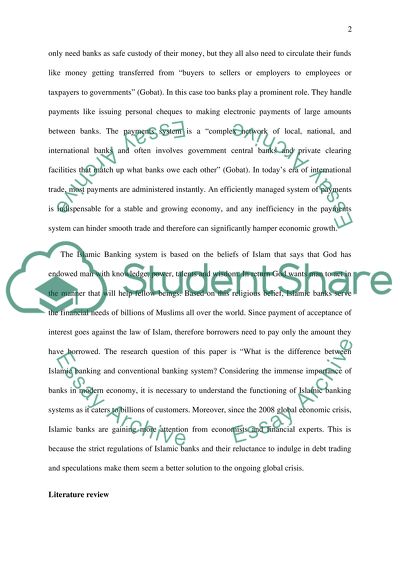Cite this document
(“The differences between islamic banking and conventional Essay”, n.d.)
The differences between islamic banking and conventional Essay. Retrieved from https://studentshare.org/macro-microeconomics/1628898-the-differences-between-islamic-banking-and-conventional-banking-system
The differences between islamic banking and conventional Essay. Retrieved from https://studentshare.org/macro-microeconomics/1628898-the-differences-between-islamic-banking-and-conventional-banking-system
(The Differences Between Islamic Banking and Conventional Essay)
The Differences Between Islamic Banking and Conventional Essay. https://studentshare.org/macro-microeconomics/1628898-the-differences-between-islamic-banking-and-conventional-banking-system.
The Differences Between Islamic Banking and Conventional Essay. https://studentshare.org/macro-microeconomics/1628898-the-differences-between-islamic-banking-and-conventional-banking-system.
“The Differences Between Islamic Banking and Conventional Essay”, n.d. https://studentshare.org/macro-microeconomics/1628898-the-differences-between-islamic-banking-and-conventional-banking-system.


